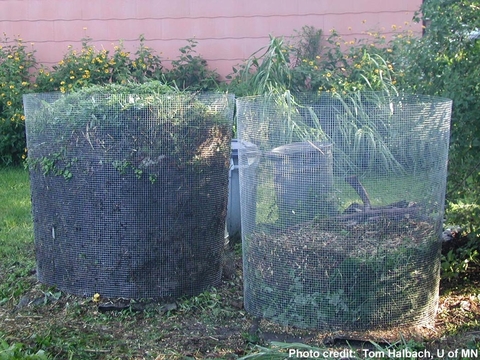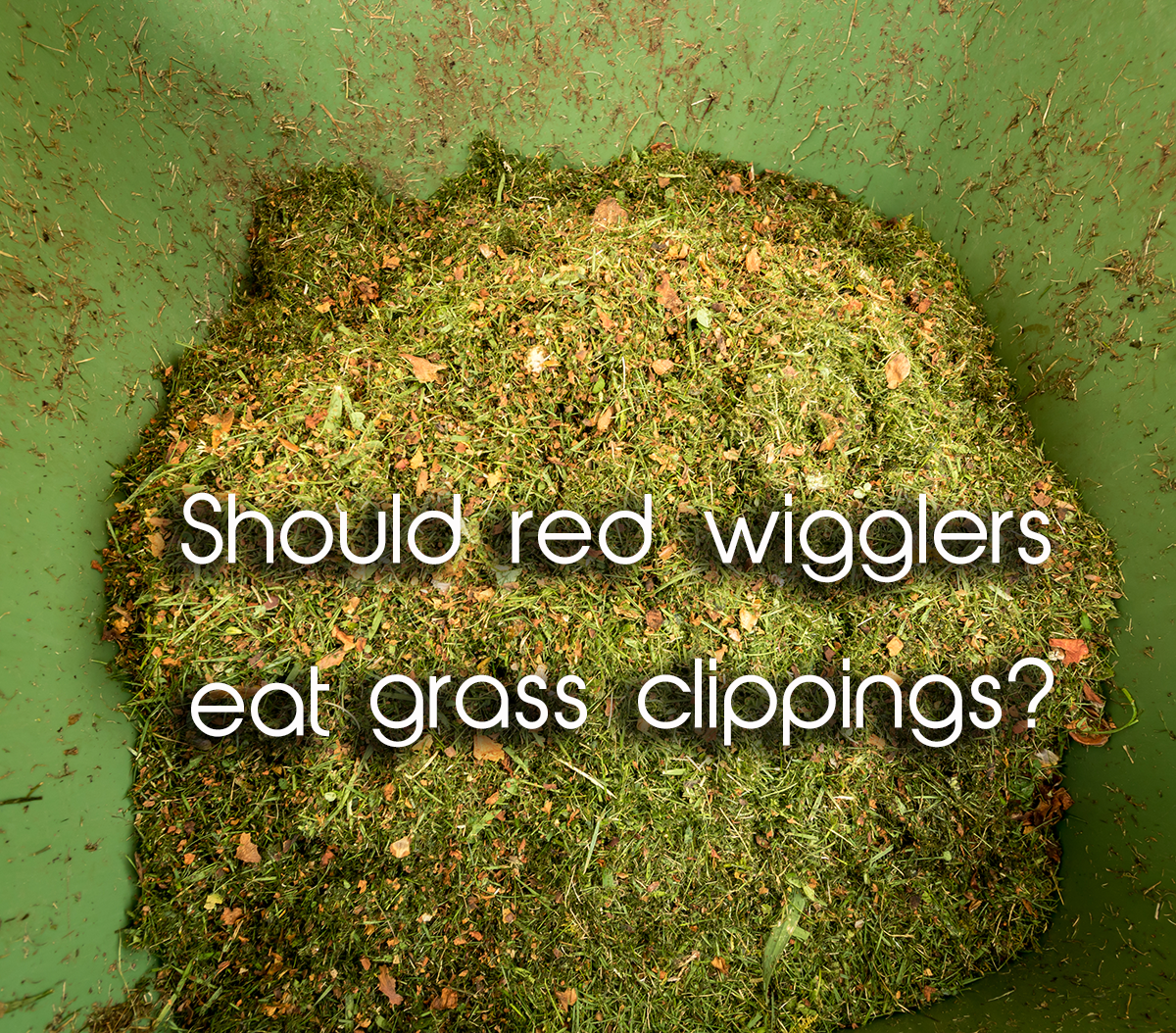Featured
Table of Contents
Discover More About Seeds
Individuals concerned about look can choose a mulching lawn mower, he recommended, as those cut turf carefully. Still, lawn cut with a rotary lawn mower will not stick around for long."Grass clippings are made from very soft tissue that decays rapidly," Mann said. While letting grass clippings lie is best, there are two factors you may want to recover them.
Second, never let grass clippings blow into roadways or walkways, because healthy or not the lawn blades high in nutrients can cause problems for sewers and waterways. Here are a few other pointers for mowing your lawn the very best method: "The sharpness of the blade is critical," Mann stated. People trimming with a dull blade are shredding their lawn instead of effectively cutting it, which leaves area for fungi to attack.
In some cases, it can trigger lawn to pass away. Changing the mower blade or sharpening it once a year can avoid that. Most grass varieties across the nation grow at 2.5 to 3 inches, but some, such as those in Florida, may like to be cut much shorter or taller, Mann said. If you're not sure of how long to leave your lawn, seek advice from a landscape specialist about what varieties of turf are growing in your lawn.
This information was compiled by Anoka County. For extra recyclers in your area, search online. Any recycler wishing to be contributed to this list may call recycle@co.anoka.mn.us!.?.!. The information provided in this directory site is compiled as a service to locals. A listing in this directory does not suggest recommendation or approval by Anoka County.
My son has actually been attempting to construct out of three big piles of turf included by plastic fencing. With all the rain we've had, the stacks have actually become damp, compacted, thick and really heavy. What can be done to make these stacks more effective at breaking down? They have actually been turned, however we recently included a great deal of grassand that plus the rain has actually made things a compressed mess.
That should be truly great for the garden ... no?-- Elizabeth in North Plainfield, New Jersey "No" is right, Elizabeth. 'Green manure' is a crop that you grow to rake into the ground as living fertilizer. What your kid has is just a big green smelly mess. (Really, THREE big green smelly messes.) This is a typical error for novice composters, especially in the summertime, when turf clippings are plentiful.
Those clippings are EXTREMELY high in Nitrogenabout 10%. That's practically the same level you 'd find in really HOT manures, like bat and bird guano. In the most basic sense, these Nitrogen abundant parts do not end up being the compost in a pile; rather they supply food for the billions of little microorganisms that sustain the procedure of turning the other stuffthe so-called 'dry browns' that must make up a minimum of 80% of a pileinto the garden gold our plants so yearn for.
Learn More About Flower
The benefit of adding things like lettuce leaves, apple cores and broccoli stalks to a garden compost stack or is mostly in the soothing of your recycling conscience, not in their capability to produce high quality compost. Now you can use clippings to make excellent compost, however to do so you need to blend percentages of well-shredded lawn clippings in with big quantities of well-shredded leaves.
(The finest compost stacks follow the Goldilocks rule: Not too damp and not too dry. Great deals of air flow too. I understand, Goldilocks didn't mention air flow. However she needs to have.) Anyway, the outcome of such a noble business is the evasive, much desired garden amendment understood as "hot garden compost". Garden compost that formulate quickly with the assistance of a natural source of high Nitrogen is far better food for your plants and supplies much more life for your soil.
And it's the finest kind for making compost tea. "Cold garden compost"the things that results when you simply stack a lot of things up, hope for the very best and in fact get some ended up material after a year or socan be an excellent plant food and soil improver, but hot garden compost is MUCH better.

I fear that your big piles of slimy damp grass clippings will not enhance one bit with the passage of time. Simply the opposite in truth. Ah, but your timing is great to get it right, as we are fast approaching autumn leaf fall. Let great deals of leaves collect on the lawn during a dry spell (do not let damp leaves accumulate), go over them with a mower, bag up what should be a best mix of lots of outstandingly shredded leaves and a percentage of well-shredded grass and then empty this mixture into a big wire cage, a slatted wooden bin, a or something else to hold it all in location nice and cool.
(People who inform you to 'layer' the ingredients in a compost heap stopped working physics.) Yes, this will just use a little portion of the clippings generated by the typical yard, and that's a good idea. Since exterior of that autumn leaf drop window, you must NOT be bagging your grass clippings.
I use "quotes" due to the fact that there's no 'mulch' of any kind included here. A bad name for an excellent instrument of sustainability, mulching mowers crush clippings into a practically unnoticeable powder that they then go back to your yard. A powder that's 10% Nitrogen; about as high a natural number as you can get.
DON'T use any clippings from an herbicide-treated yard in a compost heap. Some of the powerful chemicals in usage today can survive even hot composting and could eliminate any plants that receive the compost in the future. Oh, and stop using that hazardous things too!!!.
Learn More About Tomato
The Department of Public Works supplies core public services for the safety and benefit of the people of Dayton. These important services-- consisting of Civil Engineering, Fleet Management, Parks and Forestry, Street Maintenance, and Waste Collection-- all improve Dayton's quality of life. Click one of the links to the left to explore featured services provided by Public Works.

What can I state? Turf clippings are indispensable to composting. But you require to find out how to do it correctly so both your lawn and compost bin are pleased! Most homeowners rapidly recognize that their compost bin or system can not manage all that grass! The following details will assist you to much better comprehend how to recycle those turf clippings.
So, let's start there. Forget those long-held beliefs that grass clippings left on a yard smother the turf underneath or trigger thatch. Grass clippings are actually great for the lawn. From now on, don't bag your lawn clippings: "yard cycle" them. Grasscycling is an easy, easy opportunity for every single property owner to do something great for the environment.
And the best part is, it takes less energy and time than bagging and dragging that yard to the curb. Like the fellow in the image to the left, you may even take your yard clippings out for a Sunday bike trip; now that's grasscycling required to the extreme! Grasscycling, in other words, is the practice of leaving turf clippings on the yard or utilizing them as mulch.
Lawn clippings include water-saving mulch and motivate natural soil aeration by earthworms. No bagging or raking the yard (Whew!) Plastic lawn bags do not wind up in the land fill 50% of your yard's fertilizer requirements are met, so you decrease time and cash spent fertilizing Less polluting: minimizes the requirement for fertilizer, pesticides and herbicides Non-thatch causing, therefore making a yard energetic and long lasting Makes you feel great and green all over! Yahoozy! Not only does it make looking after your yard simpler, however grasscycling can also minimize your mowing time by 50% since you do not need to get afterwards.
To grasscycle correctly, cut the yard when it's dry and constantly keep your lawn mower blades sharp. Eliminate no more than 1/3 of the leaf surface location with each mowing. Mow when the lawn is dry. Use a sharp mower blade. A dull mower blade swellings and tears the yard plant, leading to a rough, damaged appearance at the leaf idea.
In the spring, rent an aerator which eliminates cores of soil from the lawn. This opens the soil and allows higher motion of water, fertilizer, and air by increasing the speed of decay of the turf clippings and enhancing deep root growth. Water thoroughly when needed. During the driest period of summertime, yards require at least one inch of water every 5 to 6 days.
Discover More About Garden
Yard clippings, being mostly water and very rich in nitrogen, are problematic in garden compost bins since they tend to compact, increasing the possibility of becoming soaked and giving off a strong ammonia-like smell. Follow these tips for composting this valuable "green", consequently reducing smell and matting, and increasing quick decomposition:, intermixed in a 2-to-1 ratio with "brown" materials such as dry leaves or plant particles (saving/bagging Fall's leaves is best for Spring/Summer turf composting). That's an average of seven hours per season. Heck, that's a day at the beach!. No special lawn mower is needed. For best outcomes, keep the lawn mower blade sharp and mow only when the lawn is dry. When clippings break down, they release their nutrients back to the lawn. They include nitrogen, potassium and phosphorus, in addition to lower quantities of other important plant nutrients.
There's no contaminating run-off, no usage of non-renewable resources and no damage to soil organisms or wildlife. The cost of trucking turf clippings to land fill sites comes out of homeowners' taxes. This is a wasteful practice: all those nutrient-rich clippings might be fertilizing people's lawns, thus conserving cash on fertilizers and water costs.
Grasscycling is an accountable environmental practice and an opportunity for all property owners to minimize their waste. And the finest part is, it takes less time and energy than bagging and dragging that lawn to the curb. Today, 58 million Americans spend roughly $30 billion every year to maintain over 23 million acres of lawn.
The very same size plot of land could still have a small yard for recreation, plus produce all of the veggies needed to feed a household of 6. The lawns in the United States take in around 270 billion gallons of water a week: enough to water 81 million acres of organic vegetables, all summer long.
farmland, or approximately the size of the state of Indiana. Lawns use 10 times as many chemicals per acre as industrial farmland. These pesticides, fertilizers, and herbicides run into our groundwater and evaporate into our air, triggering prevalent contamination and international warming, and greatly increasing our risk of cancer, cardiovascular disease, and birth flaws.
In truth, yards utilize more devices, labor, fuel, and farming contaminants than industrial farming, making lawns the biggest agricultural sector in the United States. However it's not just the residential yards that are squandered on turf. There are around 700,000 athletic grounds and 14,500 golf courses in the United States, numerous of which used to be fertile, productive farmland that was lost to designers when the regional markets bottomed out.
To cut effectively, a number of concerns must be thought about: height, frequency, clipping elimination, and blade sharpness. The chart listed below recognizes the most common varieties of turfgrass grown in yards, and the height to set your mower. Check out the pointers below for further directions. Kentucky Bluegrass 2.5-3.5" 4" Fine/Tall Fescue 2.5-3.5" 4" Seasonal Ryegrass 2.5-3" 4" Bermudagrass.5-1" 2" Zoysia.5-1" 2": Under most circumstances, lawns must be cut at 2.5-3-inches.
Latest Posts
5 Cool And Simple Fall Door Decor Ideas
7021 Horticulture Tips
2182 Best Gardening Advice